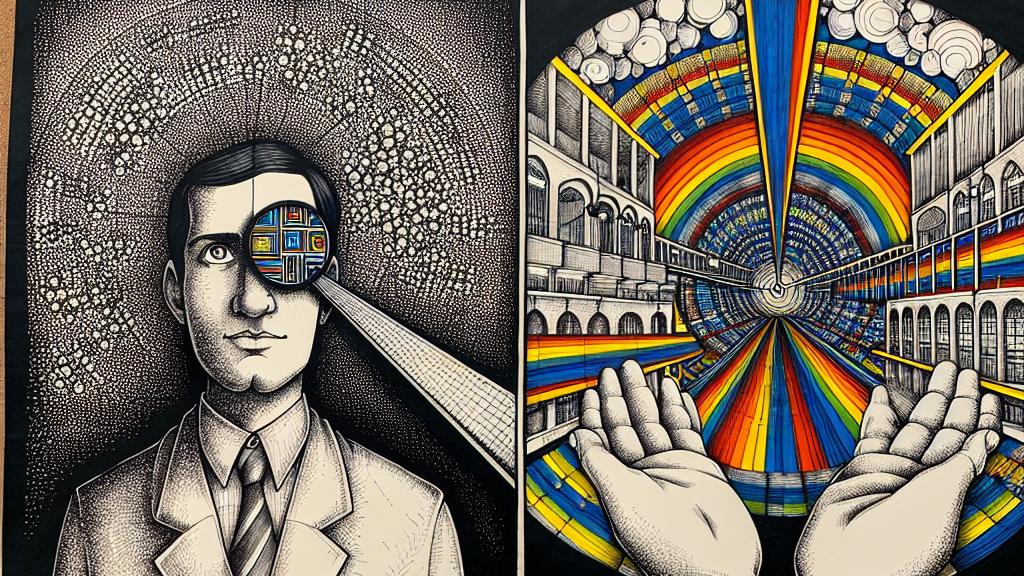New Method for Infrared Detection Using Nanopatterned Graphene
Overview
- A groundbreaking infrared detection technique has been unveiled by researchers at the University of Central Florida.
- This innovative method allows for dynamic spectral tunability and rapid responses at room temperature.
- Potential applications range from advanced consumer electronics to impactful molecular sensing technologies.

Introduction to a Game-Changing Discovery
In December 2024, a notable breakthrough emerged from the University of Central Florida (UCF). Researchers, spearheaded by the visionary Professor Debashis Chanda, showcased a revolutionary technique for detecting long wave infrared (LWIR) photons that promises to transform various fields. Traditionally, detecting infrared light has posed significant challenges, especially in distinguishing between different 'colors' of infrared radiation. However, this new method leverages the remarkable properties of nanopatterned graphene to set a new benchmark in sensitivity and specificity, akin to enabling a sighted person to discern a vivid rainbow where previously it appeared monochrome.
How the Technology Functions
So, what exactly makes this technology tick? At its heart lies the Seebeck effect, which describes how a temperature difference across materials can create a measurable voltage. In this case, the specially patterned graphene film acts as a canvas that brilliantly enhances light absorption. When light interacts with the material, it generates 'hot carriers' that contribute to a unique photo-thermoelectric response. This combination not only allows for efficient detection of varying wavelengths within the LWIR spectrum but also empowers researchers and engineers to perform spectroscopic analysis with unprecedented precision—think being able to analyze thermal footprints with the finesse of a skilled painter capturing details on canvas.
Assessing Existing Technologies
To fully appreciate this innovation, let’s compare it with existing technologies. Conventional cooled infrared detectors, while offering high sensitivity, come with significant operational costs and are burdened by the need for cumbersome cryogenic systems. Conversely, uncooled detectors like microbolometers are more accessible and user-friendly but often lack the sensitivity required for detailed analysis. Enter the nanopatterned graphene approach, which brilliantly combines the best of both worlds: it provides high sensitivity while operating at room temperature, reducing costs and enhancing usability. This is a game-changer, particularly in industries where rapid response times and precise measurements are critical.
Exciting Future Applications
The implications of this breakthrough extend beyond theoretical exploration; they open the door to an array of practical applications. For instance, consider the realm of consumer electronics, where this technology could redefine thermal imaging capabilities. Security systems could become nearly infallible, detecting intruders with accuracy that was previously thought impossible. Alternatively, in the healthcare sector, the ability to monitor physiological functions through infrared signals could facilitate real-time diagnostics and significantly improve patient care. The potential applications are vast, and as researchers delve deeper into integrating nanopatterned graphene into real-world solutions, we can anticipate exciting innovations that may reshape our understanding of technology and its practical uses.

Loading...